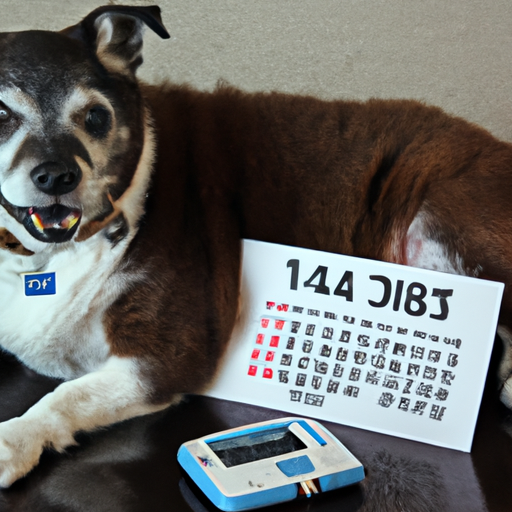Introduction
As a caregiver, you’re the primary source of support for your pet. When your dog is diagnosed with diabetes, it’s normal to have a flood of questions and concerns. You may wonder: how long can my dog live with diabetes? This article aims to provide insights into your pet’s new health journey and illuminate how the quality of life can be preserved, and even enhanced, with the right care.
Understanding Canine Diabetes
Canine diabetes is a chronic disease that affects the manner in which your dog’s body uses glucose. There are two types of diabetes:
- Type I: Insulin-deficiency diabetes. This is the most common type where the dog’s body isn’t producing enough insulin.
- Type II: Insulin-resistance diabetes. This is when the dog’s body is producing insulin, but isn’t utilizing it effectively.
Here’s a simple table illustrating the difference:
| Type | Description |
|---|---|
| Type I | Insufficient insulin production |
| Type II | Inefficient insulin utilization |
Both types require daily insulin injections and a carefully controlled diet.
The Impact of Diabetes on Your Dog’s Lifespan
The question, “how long can my dog live with diabetes?” is not easy to answer because every dog is unique. Generally, a well-managed diabetic dog should live just as long as a non-diabetic dog. Key factors affecting your dog’s lifespan include:
- Early detection: Catching the disease early can prevent complications.
- Proper management: Regular insulin injections and a balanced diet are critical.
- Regular vet check-ups: Regular visits to the vet can help manage the disease effectively.
Managing Your Dog’s Diabetes
When it comes to managing your dog’s diabetes, you play a crucial role. Here are some points to consider:
- Feed a balanced diet: A diet high in fiber is beneficial for diabetic dogs.
- Administer insulin: Regular insulin injections are a must.
- Monitor glucose levels: Regularly test your dog’s glucose levels at home.
- Exercise: Regular exercise helps regulate your dog’s glucose levels.
Preparing for the Unexpected
Despite the best efforts, unexpected issues may arise. Your dog may experience diabetic emergencies such as hypoglycemia (low blood sugar) or diabetic ketoacidosis (a severe complication). In such scenarios, knowing the signs and how to respond could save your dog’s life.
Frequently Asked Questions
Q: Can my dog live a normal life with diabetes?
A: Yes, with proper management, your dog can lead a normal, active life.
Q: Is diabetes painful for my dog?
A: No, diabetes itself is not painful. However, complications can cause discomfort.
Q: Should I change my dog’s diet after a diabetes diagnosis?
A: Yes, a diet high in fiber is often beneficial. Always consult your vet before making any dietary changes.
Remember, as a caregiver, your love and dedication make a world of difference in your dog’s life with diabetes. Together, you can navigate this journey successfully.



